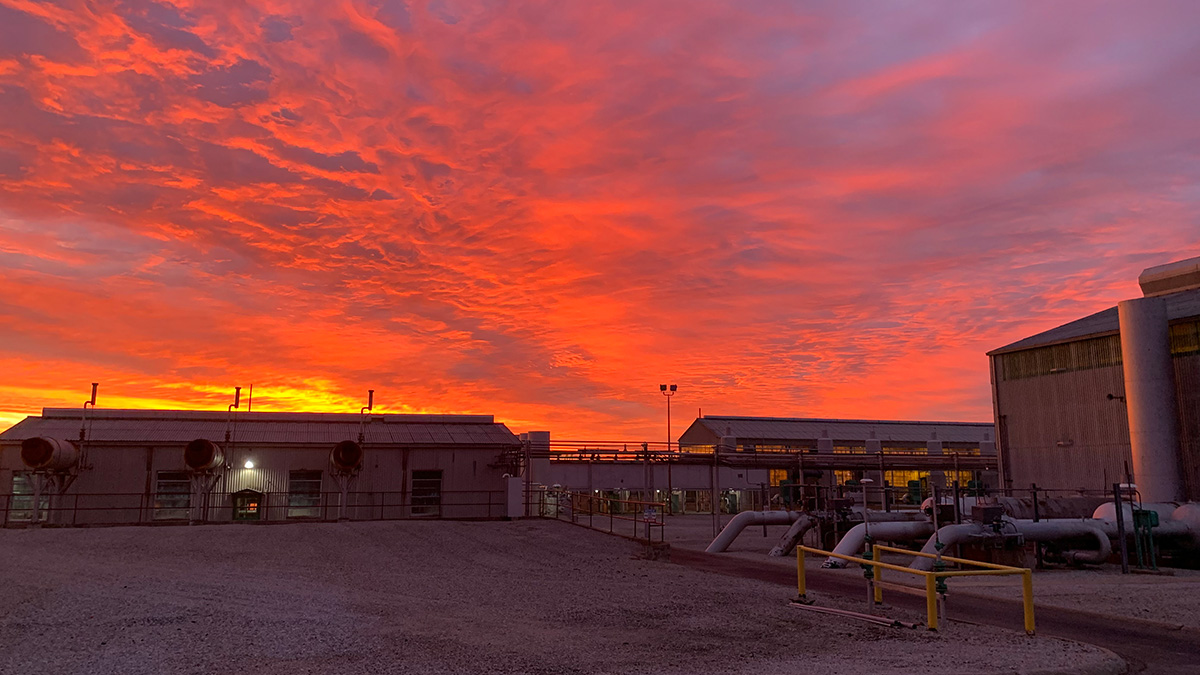Apr 8, 2024
Pump stations: Keeping oil moving

Slow and steady: Pump stations like this are the engines that actually move oil at a steady walking pace through the pipeline. This Keystone pump station has helped safely move over 1.5 billion barrels of oil from where it's found naturally in Alberta to where it gets refined in Texas into products we use every day.
State and local officials recently visited our Wilber Pump Station in Saline County, Nebraska. We toured them through the facility, shared how it works and highlighted the many ways we ensure safe operations at all our facilities that move energy across Nebraska, and North America.
What do pump stations do?
Pump stations are built at strategic points along a pipeline to maintain a constant flow of oil at a walking-pace speed. The stations keep the oil under light pressure to help ensure its safe delivery to refineries, where it’s turned into gasoline and diesel for transportation, as well as many other petroleum products you use each day.
These facilities generally include pumps, electric motors, connecting pipes and valves, an electrical substation and small stand-alone equipment shelters. Some also include launching and receiving facilities for maintenance, cleaning and inspection equipment that is periodically run through the pipeline, like smart pig.
Safety starts before the facility tour starts

Making safety a priority: Before they could tour the pump station, our guests were outfitted in the necessary personal protective equipment.
Safety is our top priority, so our emphasis on keeping people safe began before we walked officials through the Wilber Pump Station facility gates. Guests came prepared with completed online training for visitors and donned all required personal protective equipment (PPE) to ensure compliance with our safety expectations.
“Thanks to our external stakeholders for embracing our safety values wholeheartedly,” said Robert Latimer, TransCanada Community Relations. “These tours are great opportunities to demonstrate that from wearing the appropriate PPE to ensuring the safe operations of our pipelines, safety will always be our top priority.”
Guests even shared their appreciation that TransCanada ensured they were “geared up” before the tour.

Location, location, location: The placement of a pump station like this one depends on a multitude of factors.
Fast facts about pump stations
Remote monitoring and operation
Pump stations are remotely operated and monitored 24/7 using a sophisticated central control centre. The centres continuously examine line pressure, valves, temperatures, flows and other data. In the event an abnormality is identified, the system can be shut down remotely, either by controllers or, in some cases, automatically. We also have technicians on call 24/7 to respond to the site, as required.
Carefully-determined location
Facilities are built on parcels of land between five and 10 acres in size. The location of a pump station is determined by pipeline hydraulics, pipeline size, landscape, flow rates, engineering assessments, environmental assessments and proximity to other pump stations. Other factors help determine the best place to build pump stations, including proximity to local roads, availability of power supply, land use, public consultation, landowner agreements and environmental characteristics.
Quiet and powerful
Pump stations are powerful. Most have pumps operated by electric motors. Depending on the amount of pressure needed, anywhere from two to five pumps are driven by electric motors sized up to 6,500 horsepower. Electric motors are the quietest type of pumps available and have the benefit of no direct air emissions.



